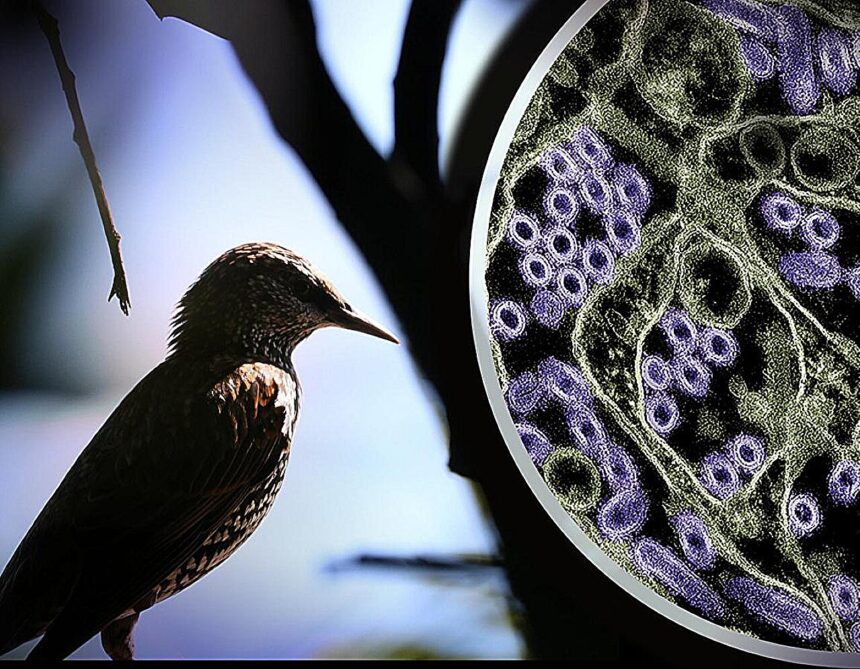The National Institutes of Health (NIH) and its federal partners continue to monitor the threat of Highly pathogenic H5N1 avian influenza A virus (HPAI H5N1) to the general public. Despite the low risk to most individuals, public health experts emphasize the importance of remaining vigilant and prepared for any potential changes in the virus.
In a recent commentary published in the New England Journal of Medicine, NIAID Director Jeanne M. Marrazzo, M.D., M.P.H., and Michael G. Ison, M.D., M.S., stress the need for a balanced approach to dealing with HPAI H5N1. The virus has been circulating globally since 1996, with recent outbreaks in North and South America, as well as cases identified in U.S. dairy cows in 2024.
To control the current outbreak, the experts highlight four key strategies. Firstly, effective collaborations among various sectors, including human and veterinary medicine, public health, and occupational workers, are crucial. Trust-building efforts and timely communication are essential in managing potential cases and outbreaks.
Secondly, the focus should be on monitoring and studying the virus mutations, especially in cases where severe illness or respiratory failure occurs. The authors stress the importance of comprehensive genomic sequencing data to track viral changes and assess the risk of person-to-person transmission.
Thirdly, ongoing research and development of medical countermeasures, such as vaccines and therapies, are vital in combatting H5N1 and other influenza viruses. The current vaccine candidates have shown promise in neutralizing the circulating strains, providing hope for effective prevention and treatment measures.
Lastly, individuals must take precautions to minimize exposure to the virus, especially those working closely with poultry and cows. Following recommended safety guidelines and using personal protective equipment can help reduce the risk of infection and transmission.
By implementing these four steps, scientists and public health officials aim to address critical questions about the spread, evolution, and impact of HPAI H5N1 more effectively. Continued collaboration, research, and preventive measures are essential in managing the ongoing threat posed by the virus.
For more information on the emerging threat of H5N1 to human health, refer to the study published in the New England Journal of Medicine. Stay informed and stay safe to protect yourself and others from potential risks associated with HPAI H5N1.








